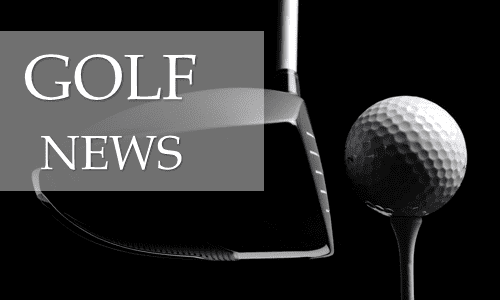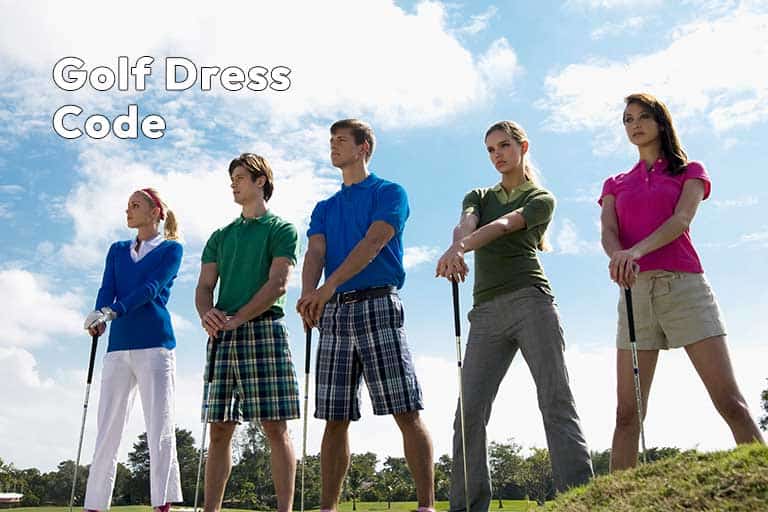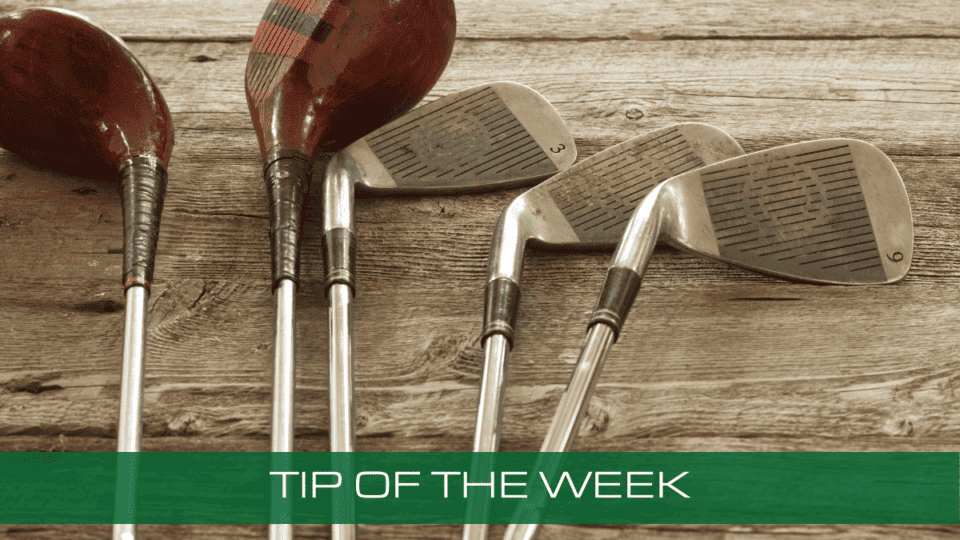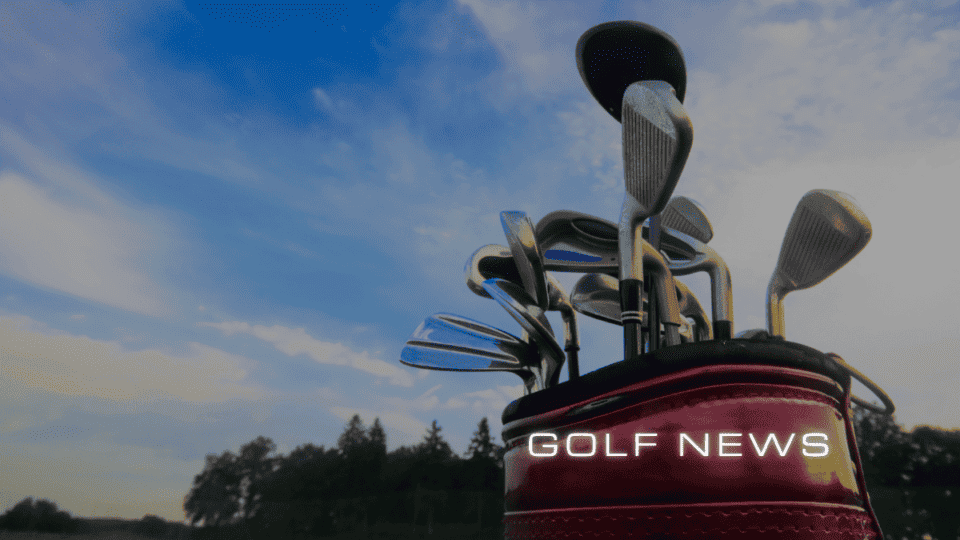How you can change your golf grip without even realizing it
Editor’s Note: Baden Schaff has been a PGA teaching professional for 17 years and is the co-founder of Skillest, a digital platform that connects golf students with golf coaches across the world for online lessons. To learn more about Skillest and to book a lesson of your own with Baden or with Andreas Kali.
The grip causes eternal fascination for golfers. It’s often the first thing I get asked during a lesson. Why is it that the aspect of the swing that creates the most intrigue has nothing to do with the swing itself?
The commonly rolled out line is “because it’s the only part of the body that is connected to the club”. This might well be true, but I think it’s more likely because it’s the only part of the golf swing you can see without videoing it. Your grip is staring you in the face every time you look down at that ball. But why, then, do students still have so much trouble getting it right?
Because they try and fix it in isolation.
Whenever I see a tip regarding the grip it is always a close up of how the two hands are sitting on the club, cut off above the wrists. But what if there is something else at play? What if your grip was influenced by more than just the way your hands are holding the club. Well, there is and it’s got everything to do with your body posture and the way your arms hang at setup. Trying to get your grip right without getting your set up right will drive you mad.
Let’s look at two of the best players in the world. Dustin Johnson and Bryson DeChambeau. Dustin has an incredibly strong grip and subsequently shuts the club on the takeaway. Bryson on the other hand is the opposite. He has an incredibly weak grip, particularly evident in the left hand, and has a much more neutral face during the golf swing.
Now are these two grips diametrically opposed because they just hold it differently? No, it’s also because DJ generally starts with the body more over the ball and an almost straight down arm hang. This creates more “radial deviation” and gives the left wrist an exaggerated “extension” or cupping. This is what makes it look so strong.
Bryson is the exact opposite. He plays golf with a more upright posture and has much higher hands, almost like the heel of his club is off the ground. This is why Bryson has his clubs lie angles so upright. This setup creates ulnar deviation and less extension in the left wrist and gives it a look of being incredibly weak. It’s not so much the way their hands sit on the club as much as their posture and their arm hang. This is why you can get your grip looking perfect when you hold the club up in front of you but looks completely wrong when the club is down at address.
Grips cannot be fixed in isolation, they are part of a much broader picture.
A great way to test this for yourself is by taking your usual set up. Then, if you want to see your grip weaken without moving your hands on the club, stand slightly closer to the ball, raise your hands so that it feels like the heel of the club is off the ground, just like Bryson.
If you want to see your grip strengthen, push your hands towards the ground and watch the toe of the club come off the ground. You will notice that your left wrist will cup or extend more making it look stronger. When it is set like DJ you will notice that you can see three of four knuckles while setting up like Bryson will show you only one or two knuckles.
Personally, I prefer Bryson’s style, but let’s not detract from the larger point: Your grip can be changed and influenced without ever moving the hands on the club, because it’s affected by your body position. Like always, any change to your swing must be made with a broader context in mind. Nothing ever works independently. Your challenge is finding a coach that understands cause and effect well enough to work with your motion as a whole.
SOURCE: Golf.com





